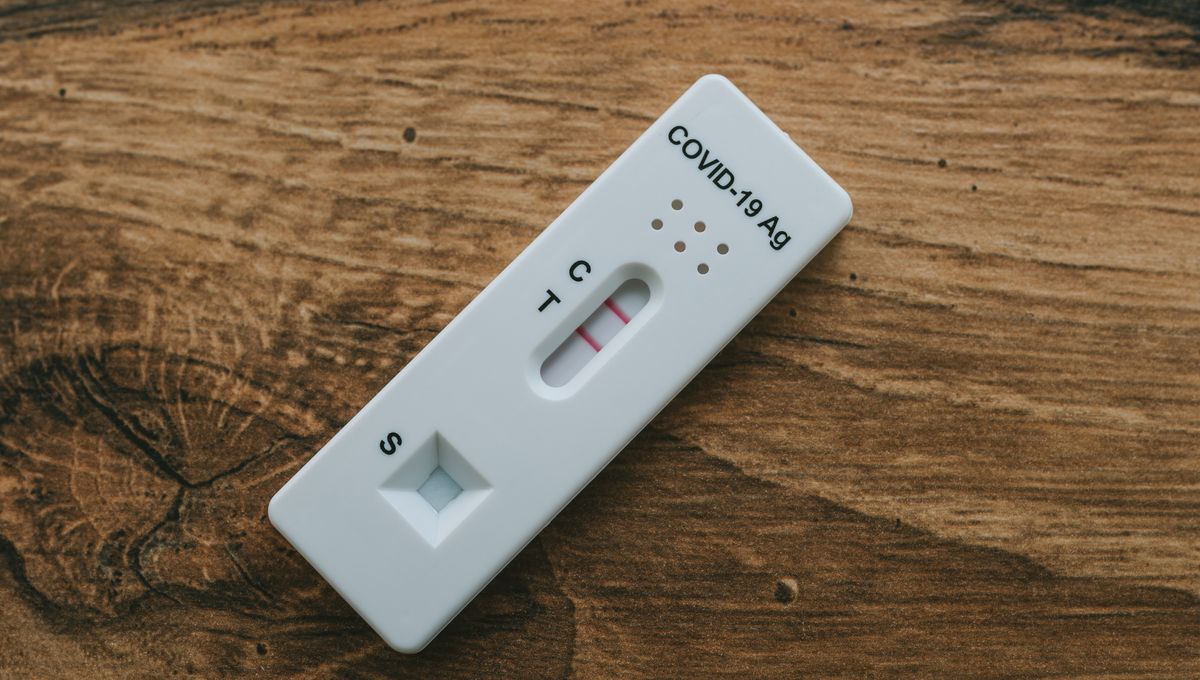
Swab, swirl, drop – then pray there’s only one line. Nearly four long years after COVID-19 was officially declared a pandemic, many of us are familiar with the routine of lateral flow tests (LFTs) for the virus. But that time has also seen new variants pop up, including JN.1, which is now the most prevalent in the US and worldwide. Knowing whether or not you have the virus can still come in pretty handy, which begs the question: are existing LFTs still able to pick such new variants up?
How lateral flow tests work
Short answer – yes. The longer answer involves which part of the virus is actually being detected by the LFT and how SARS-CoV-2 mutates.
With environmental pressures, the virus that causes COVID-19 is constantly mutating over time in order to continue thriving in the population. Many variants of the virus have emerged from mutations in the spike protein, the part of a virus that mediates its entry into host cells, where it then begins to replicate.
But it’s not the spike protein that the vast majority of LFTs are looking for; it’s another type of structural protein called a nucleocapsid, or N-protein, which makes up the protective capsule that surrounds the viral genome. N-proteins don’t tend to mutate as much as spike proteins do, meaning that tests should still be able to pick them up.
“There’s always this fear that we’re going to have some mutation that’s now going to make the tests not work, but so far that’s not really the case,” said Dr Susan Butler-Wu, a clinical pathologist at Keck School of Medicine at the University of Southern California, speaking to NBC News.
Why might a test be negative?
Though that may well change in the future, in the meantime, there are a number of reasons why a test might not work even if someone does have COVID-19. One of them is testing before the virus has replicated enough to be detected.
“If you look at viral kinetics … on average, it usually takes three, four or five days for the virus to go from being very low levels to getting high enough for any test to pick up,” immunologist and epidemiologist Dr Michael Mina explained to CNN, adding that this hasn’t changed much with newer variants.
The CDC currently recommends that if you’ve been exposed to COVID-19, but don’t have any symptoms, to wait for at least five full days after exposure before taking a test. If you have symptoms, it’s suggested to take a test immediately. In both circumstances, if that test comes back negative, it’s advised to take another LFT after 48 hours, or get a PCR test.
All “explainer” articles are confirmed by fact checkers to be correct at time of publishing. Text, images, and links may be edited, removed, or added to at a later date to keep information current.
The content of this article is not intended to be a substitute for professional medical advice, diagnosis, or treatment. Always seek the advice of qualified health providers with questions you may have regarding medical conditions.
Source Link: Can COVID Lateral Flow Tests Still Detect The New Variant JN.1?